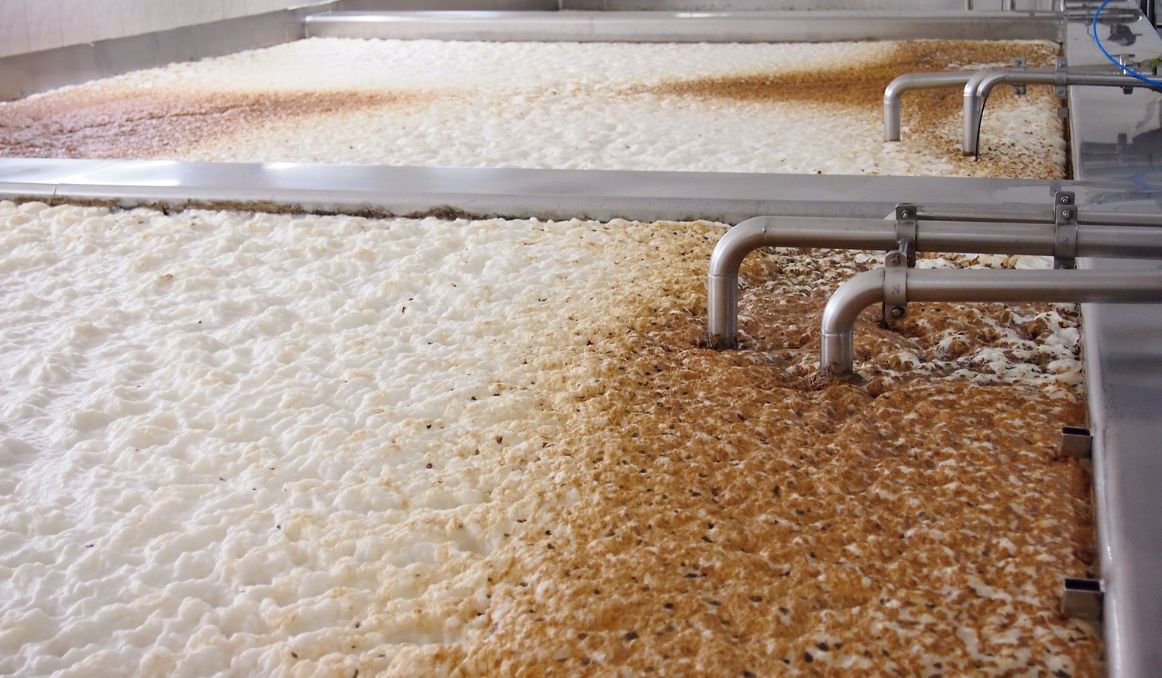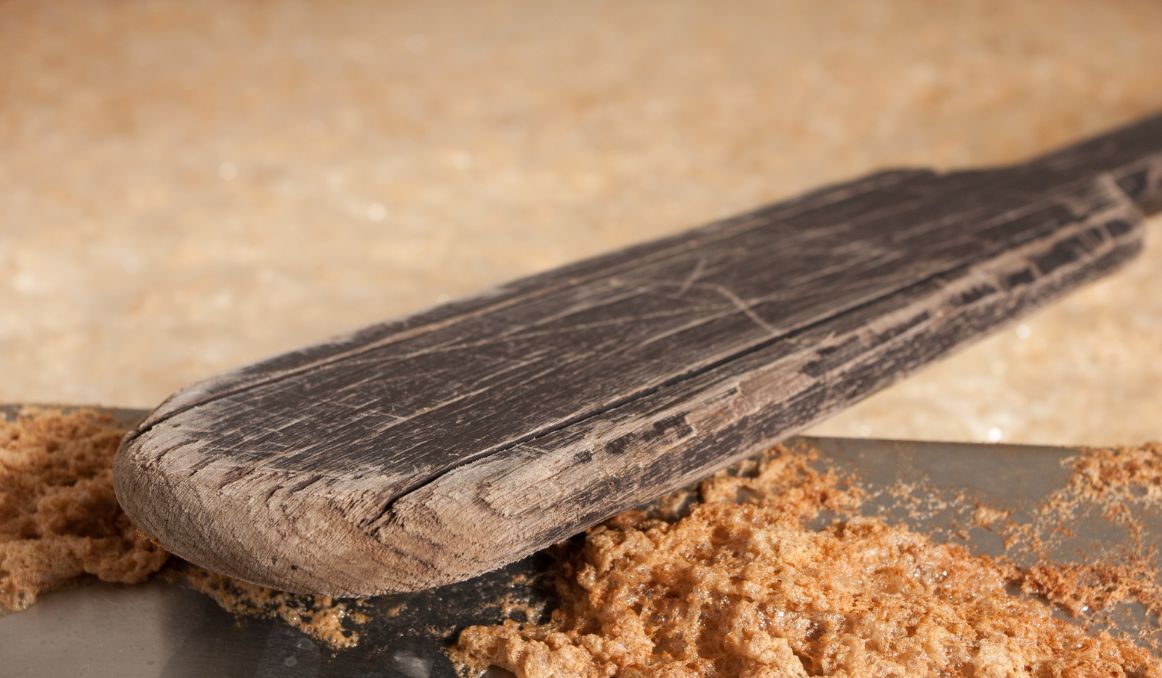Restarting Fermentation: Best Yeast for Stuck Fermentation
When you begin your journey into brewing, you do not realize how many things can go wrong. From sanitation issues to bad yeast to wrong temperature, and every variation on those complications you can imagine, crafting beer really is a craft. It sounds awfully simple at first. After all, people have been making moonshine in their bathtubs for centuries. How hard could it be? Well, if you’re in brewing, you know it takes real precision, an attention to detail, and a love of quality ingredients to get your brew just right.
One thing that can go wrong, even when you have put in all the necessary time and care, is stuck fermentation. This problem is the worst because you have already dedicated your hours of labor and your money on product to create your wort and add in your yeast. Now your fermentation is stuck. To remedy this problem, you’ll need to go through stuck fermentation solutions, including the best yeast for stuck fermentation.
How Did You Get Here?
Brewing 101 says your step-by-step process is as follows. You grind your malt to release the sugar from the grain. Next, you mash in your cracked grain with water, bringing it to a boil and steeping it, ensuring all the sugar is released. Finally, you add your hops. Obviously, it is a drawn out, laborious experience that master brewers go through, hardly fully captured by this short summary, but you already know that.
What comes next is where stuck fermentation may occur. Once your liquid is fully steeped, you filter out your solids, referred to as grist, and you’re left with wort, the remaining liquid. To this liquid you add brewer’s yeast.
Now you’re, hopefully, fermenting. The yeast eats the sugar in the wort and converts it to alcohol. It also creates carbonation and sucks up all the oxygen. After a few days, maybe a week, you have a nice crisp, sudsy beer.
Unless you don’t.
Stuck Fermentation
Often, you can tell within 24 hours that your fermentation is not progressing. The liquid should be bubbling and releasing a ton of carbon dioxide. It should be forming a nice foamy layer of krausen on the top, which is a sort of bubble crust that protects the beer from infection. It eventually sinks to the bottom of the beer during flocculation. Visual cues typically give sluggish fermentation away.
How to check for sluggish fermentation

If you do think you have stuck fermentation, you can do one of two things to be sure:
1. Take hydrometer readings to see if the specific gravity levels of your beer are continuously falling. If the gravity remains higher than expected for three days, your fermentation is probably stuck.
2. Check the temperature. If it is too cold, your yeast can’t do what it is meant to. If it is too hot, the yeast will either die or finish too quickly, leaving your beer with off flavors.
Here are the most common reasons for stuck fermentation in beer:
- Syrup percentage is too high
- Dead yeast cells
- Too little yeast pitched
- Too much yeast pitched
- Not enough nutrients in wort to sustain yeast activity
- Yeast that flocculates too rapidly
- Inappropriately low temperatures
- Excessively high temperatures
At several points during the brewing process, something can go wrong that will eventually slow down the fermentation process. Fortunately, there are many ways to restart stuck fermentation beer.
How to Fix Stuck Fermentation
Several stuck fermentation solutions exist, and once you figure out where you might have gone wrong, those solutions can range from simple to complicated.
Move the Fermenter
If you don’t brew your beer in a controlled environment, a simple move could improve the temperature of your beer and get it going again. Check your room temp to be sure it is between 68- and 70-degrees Fahrenheit and keep your temp there. Fermentation may start up again within hours.
Move the Yeast
Yep. Open up your fermenter and stir your liquid with a sanitized spoon. Waking your yeast up may shake it out of its lethargy.

Add Yeast Energizer
It could be a matter of lazy yeast. Adding just ½ teaspoon per gallon of beer and stirring it up may get brewing started up.
Add Yeast Nutrient
If all else fails, you can add yeast nutrient, also known as yeast starter. Be wary of this step, as it can backfire, creating a whole new load of vitamins that can lead to spoilage. It could also not end up working at all, increasing the concentration of diacetyl in your beer but not improving the fermentation process along the way. Adding yeast nutrient is a tricky solution that does not always pan out how you might hope.
The Best Yeast for Stuck Fermentation in Beer
So you see, it’s not always the yeast, but it can be. Even if yeast is not the originating problem of stuck fermentation, however, it can be the answer to fixing it. What you might want to do when the simple steps above do not work is simply pitch a whole new batch of yeast.
The trick to adding new yeast to beer this far along is that you want it to have oxygen, and right now it doesn’t. You also want to be sure it doesn’t get killed by the alcohol already formed during fermentation. What you’ll need to do is get your yeast all set and ready to pitch in a process called “krausening.”
When you’re ready to krausen, your two best bets for stuck fermentation are Wyeast 3711 and Safale US-05.
Also be sure during your starter, or “krausening,” process that you add a bit of yeast energizer to guarantee a high krausen for when you’re ready to add it into your wort.
Fear Not
One great thing to keep in mind is that beer is remarkably resilient. Almost anything that goes wrong during a sanitary and routine process can be fixed. Experiment a bit, starting simple and working your way up to complicated if you must, and you will have a master crafted brew before you know it.
Passionate about the beer and/or wine making process? So are we! If you’re interested in finding out how you can use our technology to control fermentation and monitor your yeast, save work hours and improve the cost-efficiency of your business, drop us a line at [email protected] or check out our product pages:
- Oculyze BB 2.0 (Better Brewing) Yeast Cell Counter App + Hardware
- Oculyze FW (Fermentation Wine) Yeast Cell Counter App + Hardware
Also, you can now get access to a fully functional demo account to test our Web App. Completely free of charge and with no commitment to purchase.
Sources:
1. Chris White, Jamil Zainasheff, Yeast: The Practical Guide to Beer Fermentation, ISBN: 9781938469060
2. R.B. Almeida J.B. Almeida e Silva U.A. Lima D.P. Silva A.N. Assis, EVALUATION OF FERMENTATION PARAMETERS DURING HIGH-GRAVITY BEER PRODUCTION, https://doi.org/10.1590/S0104-66322001000400010
3. Matthew Schaefer, The Illustrated Guide to Brewing Beer: A Comprehensive Handbook of Beginning Homebrewing, ISBN-10: 1616084634


